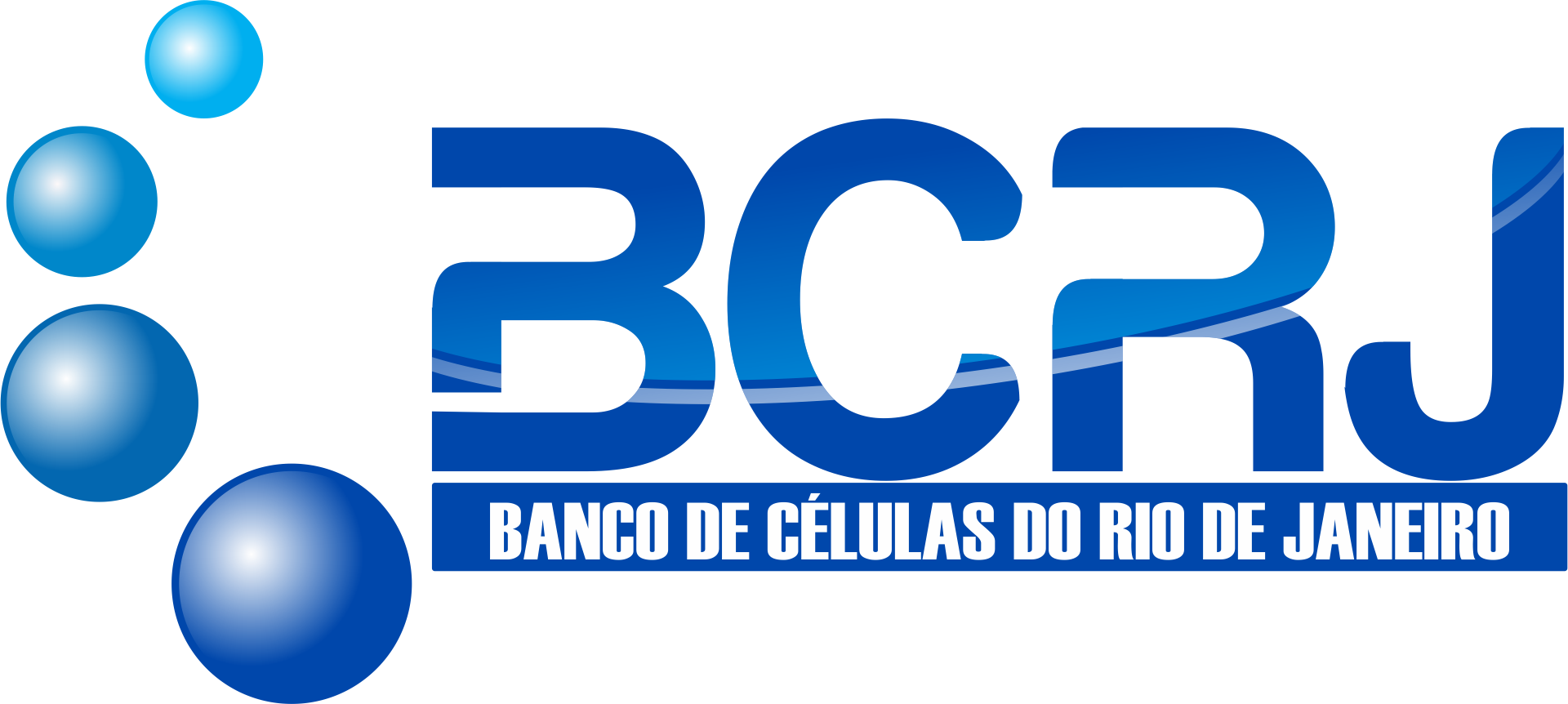| BCRJ Code | 0155 |
| Cell Line | M3/38.1.2.8 HL.2 |
| Species | Rattus norvegicus Rattus norvegicus (B cell); Mus musculus (myeloma), rat (B cell); mouse (myeloma) |
| Vulgar Name | Rat/Mouse |
| Tissue | Spleen |
| Cell Type | Hybridoma: B Lymphocyte |
| Morphology | Lymphoblast |
| Growth Properties | Suspension |
| Applications | Mac-2 and Mac-3 are present on 69% of macrophages and 0% to 2% of thymocytes |
| Products | immunoglobulin; monoclonal antibody; against mouse macrophage antigen (Mac-2, 32000 dalton glycoprotein) |
| Biosafety | 1 |
| Addtional Info | Spleen cells were fused with NS-1 myeloma cells. The Mac-2 antigen is not expressed on bone marrow cells. Like Mac-3, Mac-2 appears to be expressed on the monocytic line of differentiation at a stage after divergence from the granulocytic series. Mac-2 and Mac-3 are present on 69% of macrophages and 0% to 2% of thymocytes. Expression of Mac-2 is increased during the differentiation from monocyte to activated peritoneal macrophage. |
| Culture Medium | RPMI-1640 medium modified to contain 2 mM L-glutamine, 1 mM sodium pyruvate, 4500 mg/L glucose and 10% of fetal bovine serum. |
| Subculturing | Cultures can be maintained by the addition of fresh medium or replacement of medium. Adherent cells can be dislodged by scraping and cultures established by centrifugation with subsequent resuspension at 1 to 2 X 10(5) viable cells/ml. |
| Subculturing Medium Renewal | Every 2 to 3 days |
| Culture Conditions | Atmosphere: air, 95%; carbon dioxide (CO2), 5% Temperature: 37°C |
| Cryopreservation | 95% FBS + 5% DMSO (Dimethyl sulfoxide) |
| Thawing Frozen Cells | SAFETY PRECAUTION:
It is strongly recommended to always wear protective gloves, clothing, and a full-face mask when handling frozen vials. Some vials may leak when submerged in liquid nitrogen, allowing nitrogen to slowly enter the vial. Upon thawing, the conversion of liquid nitrogen back to its gas phase may cause the vial to explode or eject its cap with significant force, creating flying debris.
NOTE: It is important to avoid excessive alkalinity of the medium during cell recovery. To minimize this risk, it is recommended to place the culture vessel containing the growth medium in the incubator for at least 15 minutes before adding the vial contents. This allows the medium to stabilize at its normal pH (7.0 to 7.6). |
| References | Ho MK, Springer TA. MAC-2, a novel 32,000 Mr mouse macrophage subpopulation-specific antigen defined by monoclonal antibodies. J. Immunol. 128: 1221-1228, 1982. PubMed: 6173426 Springer TA. Monoclonal antibody analysis of complex biological systems. Combination of cell hybridization and immunoadsorbents in a novel cascade procedure and its application to the macrophage cell surface. J. Biol. Chem. 256: 3833-3839, 1981. PubMed: 7217058 |
| Depositors | Banco de Células do Rio de Janeiro |
| Cellosaurus | CVCL_7683 |



